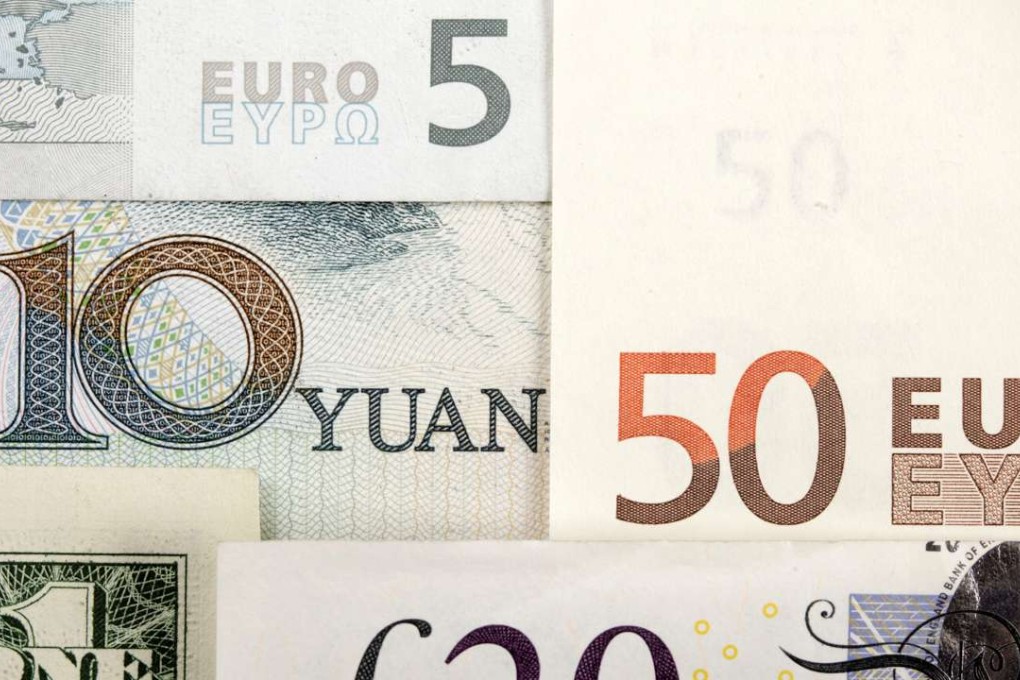Analysis | China may tighten capital controls as yuan outflow continues
Policymakers may “throw sand in the gears” to make it harder to move capital out of the country, economists say

China’s foreign exchange reserves, once the pride of the nation’s policymakers and citizens, may continue shrinking in 2017, as a yearlong capital outflow shows no sign of abating. That may exert pressure on the government to tighten the screws on remittances of the yuan to stabilize the currency, analysts and economists say.
The Chinese foreign exchange reserves shrank by about a quarter from US$3.99 trillion in June 2014 to US$3.05 trillion as of November, and the country was displaced in October by Japan as America’s top foreign creditor, as the People’s Bank of China spent more of its reserves to defend the yuan.
China must “safeguard the foreign reserve pool” as this is a higher priority than propping up the yuan’s exchange rate, best left to market forces, said Yu Yongding, a Chinese Academy of Social Sciences professor and a former adviser to the central bank.
“The key issue is the foreign reserve,” Yu said. “If we keep guarding the currency rate, the reserve drops, and when it drops to an inadequate level, we will face even bigger depreciation pressure for the currency,” he said.

China’s US Treasuries holdings fell to US$1.12 trillion at the end of October, slightly less than the US$1.13 trillion held by Japan, losing the crown of being America’s largest foreign creditor for the first time in six years.
